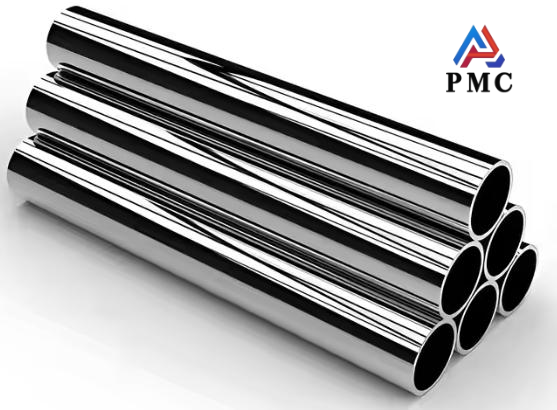
Thermal Conductivity of 316 Stainless Steel Pipe
316 stainless steel is a commonly used austenitic stainless steel. Compared with common 304 stainless steel, its corrosion resistance is greatly improved, especially in terms of resistance to chloride corrosion, acid and alkali resistance, and high temperature resistance. It can be used stably in an environment of -196℃ to 800℃. Due to its excellent corrosion resistance (especially resistance to chloride ion corrosion), it is widely used in chemical industry, marine engineering, food and medicine and other fields. In addition to corrosion resistance, thermal conductivity is also one of the key considerations in engineering design. The following is an explanation from the aspects of thermal conductivity, influencing factors, application scenarios and comparative analysis.
Basic properties of thermal conductivity
Thermal conductivity (λ)** is a physical quantity that measures the thermal conductivity of a material. Its unit is W/(m·K). The smaller the value, the weaker the thermal conductivity.
1. Thermal conductivity at room temperature
The thermal conductivity of 316 stainless steel pipe at room temperature (20°C) is about 16 W/(m・K), which is significantly lower than that of metals such as carbon steel (about 45 W/(m・K)), aluminum (about 205 W/(m・K)), and copper (about 401 W/(m・K)).
This property stems from the crystal structure and alloy components (such as chromium, nickel, and molybdenum) of austenitic stainless steel. The addition of alloying elements increases electron scattering and reduces the efficiency of lattice vibration, thereby inhibiting heat conduction.
2. Effect of temperature on thermal conductivity
The thermal conductivity of 316 stainless steel increases slightly as temperature increases, but the change is small. For example:
At 100°C, the thermal conductivity is about 17 W/(m・K);
At 500℃, the thermal conductivity is about 22 W/(m・K).
Compared with ferritic/martensitic stainless steel, the thermal conductivity of austenitic stainless steel changes more slowly with temperature, which is suitable for thermal stability requirements in high temperature environments.

Factors affecting the thermal conductivity of 316 stainless steel pipe
1. Pipe wall thickness and pipe diameter
For piping systems, heat transfer efficiency is also related to thermal resistance. Thick-walled tubes have greater radial thermal resistance and less heat flow at the same temperature difference; The pipe diameter mainly affects the surface area and has an indirect effect on the total heat transfer.
2. Surface condition and coating
Rough surface or oxide scale will increase contact thermal resistance and reduce thermal conductivity; If the inner or outer wall of the pipe is coated with an insulation layer (such as ceramic coating, thermal insulation material), heat conduction will be significantly inhibited, which is suitable for scenarios that require temperature control.
3. Processing technology and organizational status
Cold working (e.g., rolling, stretching) increases lattice distortion and may slightly reduce thermal conductivity;
Solution treatment can make the structure homogenous and has little effect on thermal conductivity.
Thermal conductivity considerations in application scenarios
1. Suitable for scenarios with low thermal conductivity requirements
Pipes that require corrosion resistance and insulation: For example, when the chemical industry transports high-temperature corrosive media, the low thermal conductivity of 316 stainless steel is used to reduce heat loss and avoid corrosion.
Thermal stability in high temperature environments: In boilers and heat treatment equipment, its thermal conductivity changes little with temperature and can maintain stable thermal performance.
2. Scenarios with high thermal conductivity requirements that should be avoided
Heat exchanger core components: Due to its low thermal conductivity, 316 stainless steel is not suitable for applications where efficient heat transfer is required (such as condensers, evaporators), where copper alloys or aluminum are preferred.
Rapid heat dissipation scenarios: such as electronic equipment radiators, engine cooling systems, etc.


